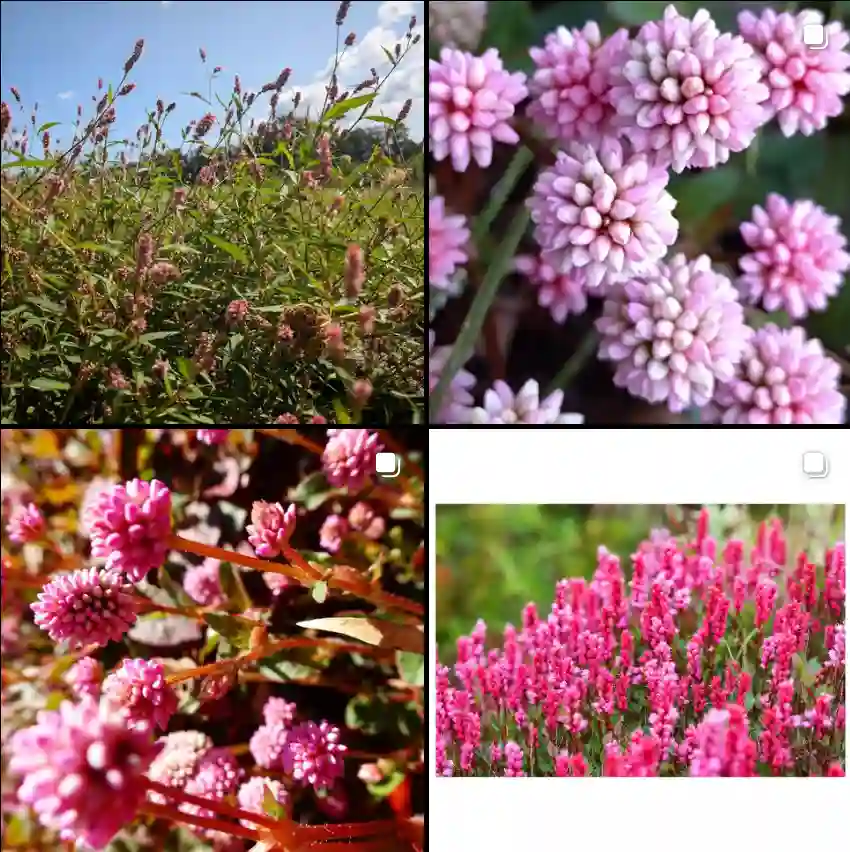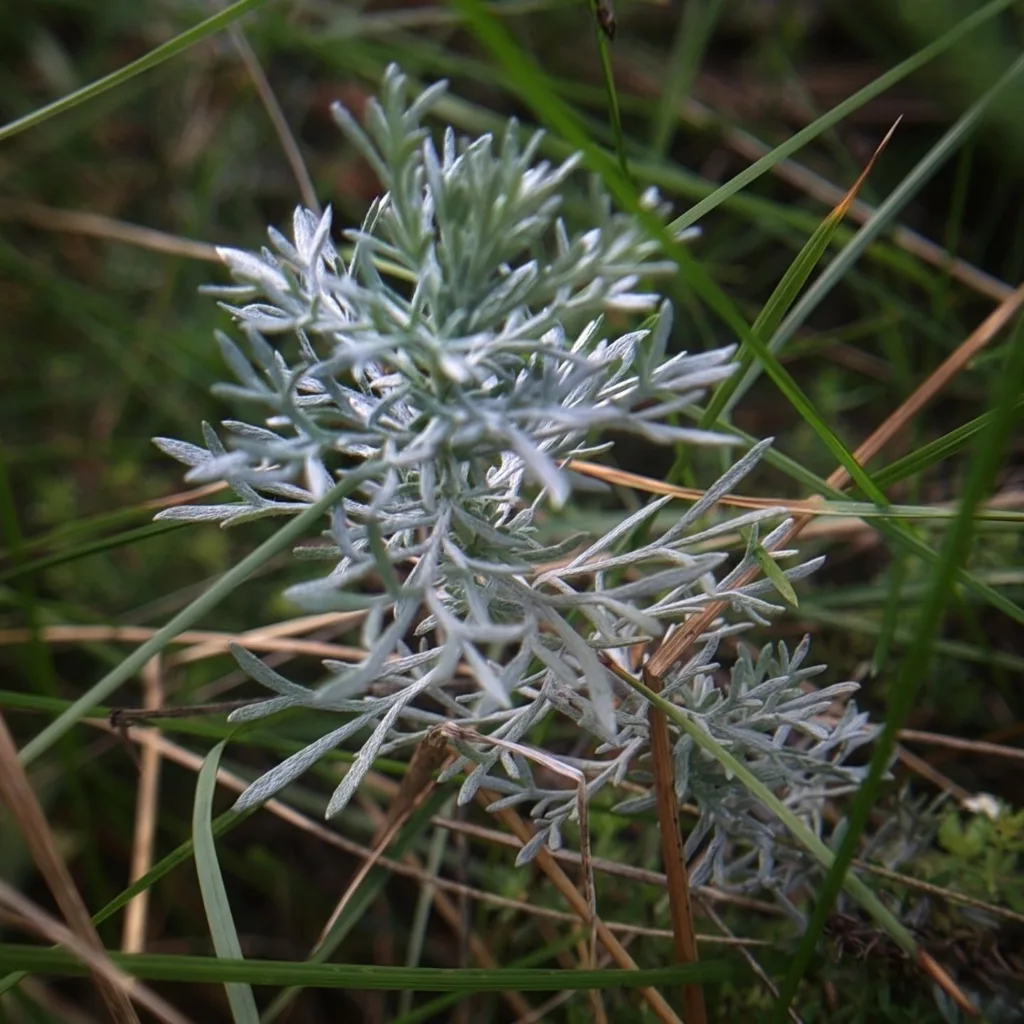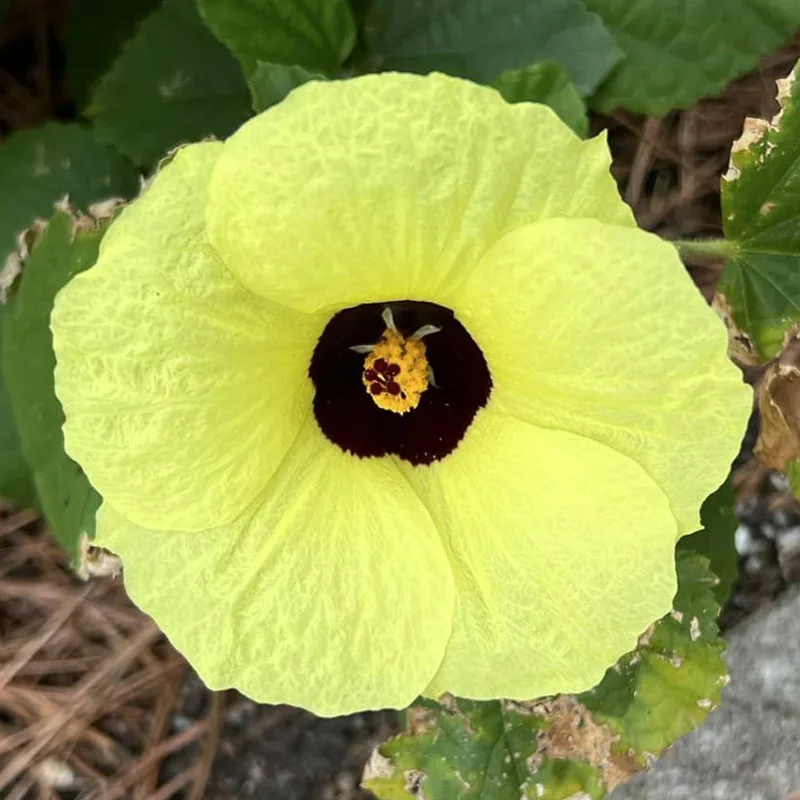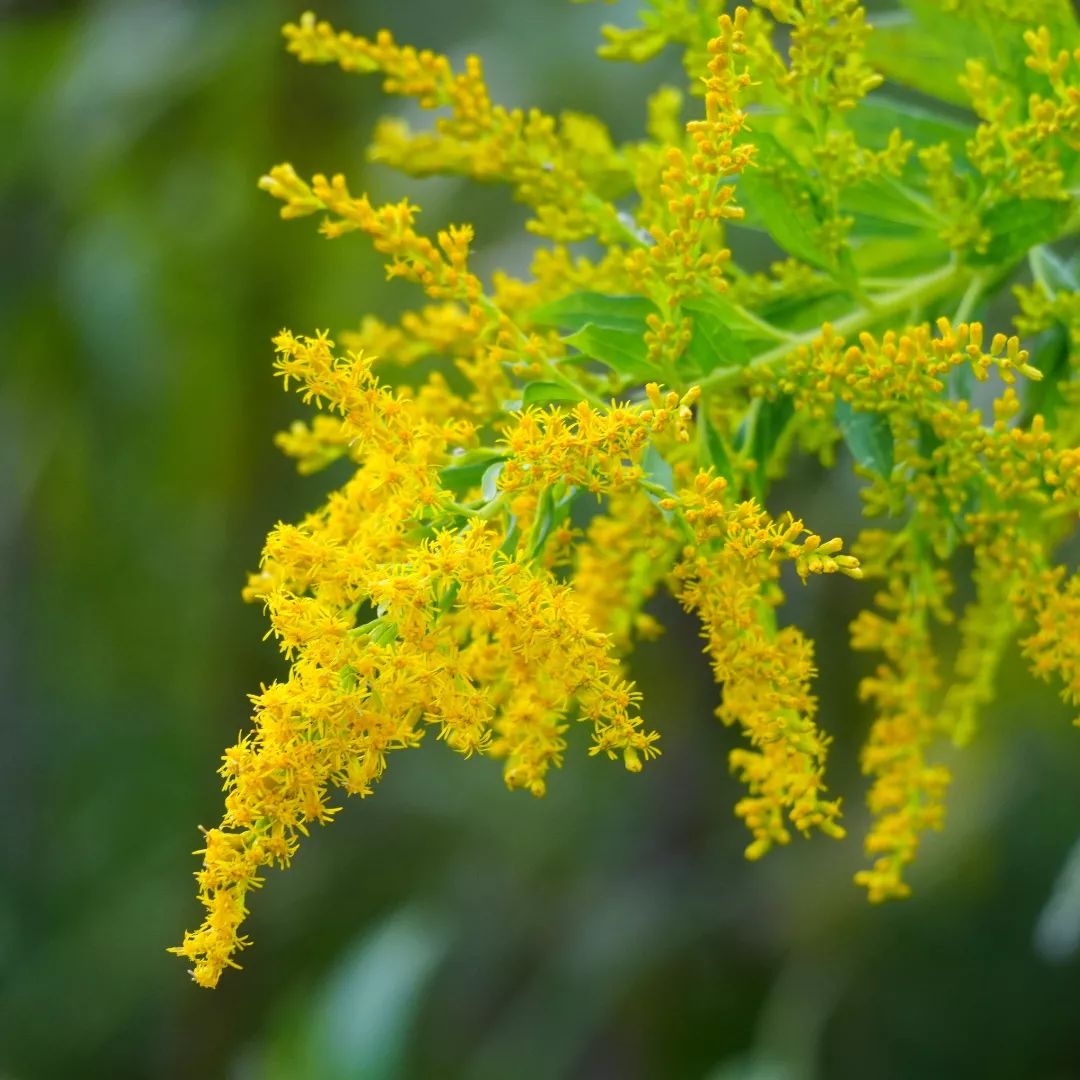FAQs about Diervilla Sessilifolia
When it comes to versatile, hardy shrubs, Diervilla Sessilifolia is one of my go-to plants. Also known as southern bush honeysuckle, this plant is a great option for adding a natural, wild look to any garden without demanding too much attention. Through my experience with this plant, I’ve encountered several common questions that both beginners and seasoned gardeners often ask. Here, I’ll share my thoughts on some of the most frequently asked questions about Diervilla Sessilifolia and provide practical answers.
3 Species in Genus Diervilla
What is Diervilla Sessilifolia?
Diervilla Sessilifolia, also called southern bush honeysuckle, is a deciduous shrub native to the southeastern United States. It thrives in USDA hardiness zones 5-8 and has adapted to a variety of conditions, making it a resilient choice for many landscapes. The shrub reaches a height of 3-5 feet and spreads around 4-6 feet. Its yellow, trumpet-shaped flowers bloom in summer, attracting pollinators such as bees and butterflies. One of its best features is its low-maintenance nature, which is why I always recommend it to anyone looking for an easy-to-grow shrub.
How to Care for Diervilla Sessilifolia?
One of the reasons I enjoy working with Diervilla Sessilifolia is because it requires minimal care. It’s drought-tolerant once established and can grow in a range of soil types, from rocky to well-drained clay. Although it prefers full sun, it can tolerate partial shade, making it versatile for different garden designs.
In terms of watering, I found that once the plant is established, it doesn’t require much water unless there’s an extended period of drought. If you’re looking to enhance its blooming, a layer of compost in early spring works wonders. I like to prune mine lightly in early spring to encourage more compact growth, but otherwise, it’s very much a “plant it and forget it” type of shrub.
How to Propagate Diervilla Sessilifolia?
Diervilla Sessilifolia can be propagated through seeds, cuttings, or division. Personally, I prefer stem cuttings. To do this, I cut about 6 inches of a healthy stem in the early summer, strip off the lower leaves, and dip it in rooting hormone. I then place the cutting in a pot with moist, well-draining soil and cover it with plastic to retain humidity. With patience, roots will develop within a few weeks. Division is another simple method that can be done in early spring. You just need to dig up a mature plant and divide the root ball into smaller sections to replant elsewhere.
What to Plant with Diervilla Sessilifolia?
Choosing companion plants for Diervilla Sessilifolia is straightforward because it pairs well with a variety of native plants. I often plant it alongside other pollinator-friendly shrubs like Spirea or Clethra. It also looks fantastic next to Amsonia, whose blue flowers contrast beautifully with the yellow blooms of Diervilla. Grasses like Panicum Virgatum or Miscanthus complement its shape, providing texture and movement to the landscape.
Is Diervilla Sessilifolia Toxic?
One of the most frequently asked questions I get is whether Diervilla Sessilifolia is toxic. Based on my research and experience, this shrub is non-toxic to humans and pets, which is a major plus for households with children or animals. Its flowers attract pollinators, but it poses no threat to curious hands or paws.
What Are the Benefits of Diervilla Sessilifolia?
There are several benefits to planting Diervilla Sessilifolia. First, it’s a magnet for pollinators, which makes it a valuable addition to any wildlife garden. Its nectar-rich flowers attract bees, butterflies, and even hummingbirds. Another benefit is its soil-stabilizing ability. I’ve found that this shrub is particularly useful on slopes or erosion-prone areas due to its spreading habit and dense root system.
Additionally, its fall foliage is stunning, turning shades of red, orange, and purple. This adds a splash of color to the garden as the seasons transition. Plus, its resilience in tough conditions, like drought or poor soil, makes it a fantastic low-maintenance choice.
Common Problems with Diervilla Sessilifolia
One of the best things about Diervilla Sessilifolia is how few problems it has. Pests rarely bother it, and it’s not prone to diseases. However, like any plant, it’s not entirely issue-free. I’ve noticed that in poorly drained soils, it can sometimes struggle, leading to root rot. Keeping the soil well-drained is key to preventing this. Additionally, while it’s fairly drought-tolerant, extended dry periods can cause wilting or stress. Watering during these times can help maintain its health.
Comparing Diervilla Sessilifolia to Similar Shrubs
I often get asked how Diervilla Sessilifolia compares to other shrubs like Weigela or Hydrangea. While Weigela shares a similar shape and also blooms in early summer, it tends to require more care in terms of pruning and maintenance. Hydrangeas, on the other hand, demand more water and prefer richer, well-draining soils.
Diervilla’s advantage lies in its adaptability and tolerance for less-than-ideal conditions. It’s the go-to choice when I need something tough but still attractive in areas where other plants might struggle.
Conclusion
Diervilla Sessilifolia is one of those plants that just works well in a variety of garden settings. Whether you’re looking for a pollinator-friendly shrub, a low-maintenance addition, or a way to control erosion, this plant covers all the bases. I’ve enjoyed working with it because it’s a reliable performer with very little fuss. If you’re looking to add something versatile to your garden, I’d highly recommend giving Diervilla Sessilifolia a try.
If i die, water my plants!



